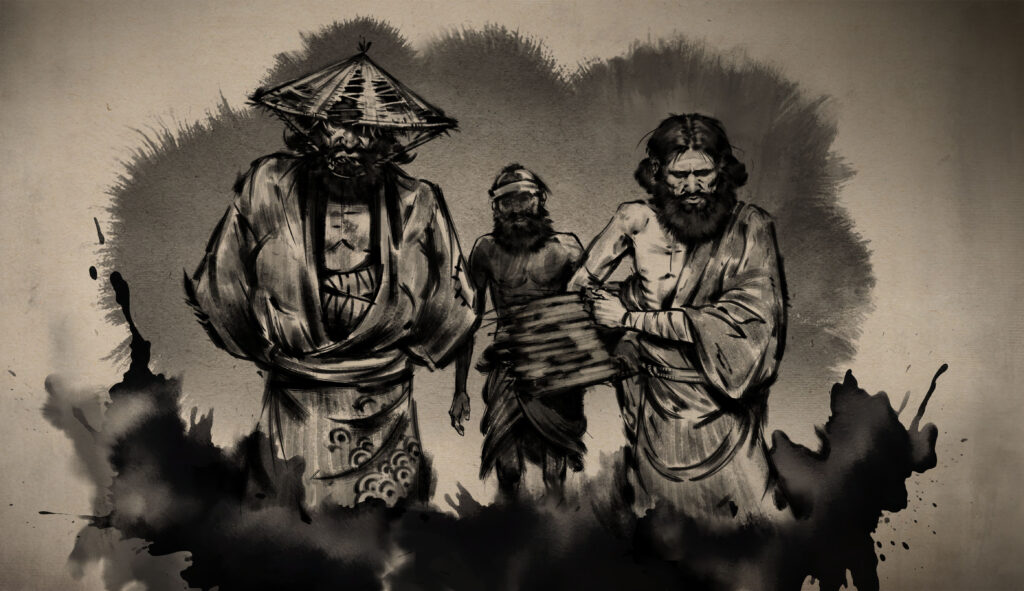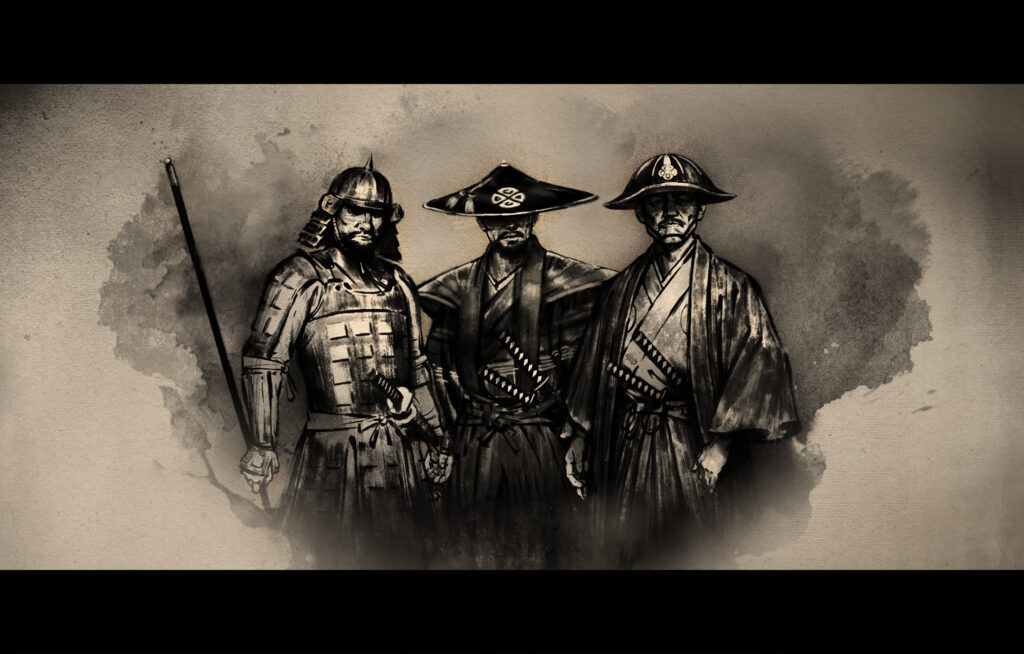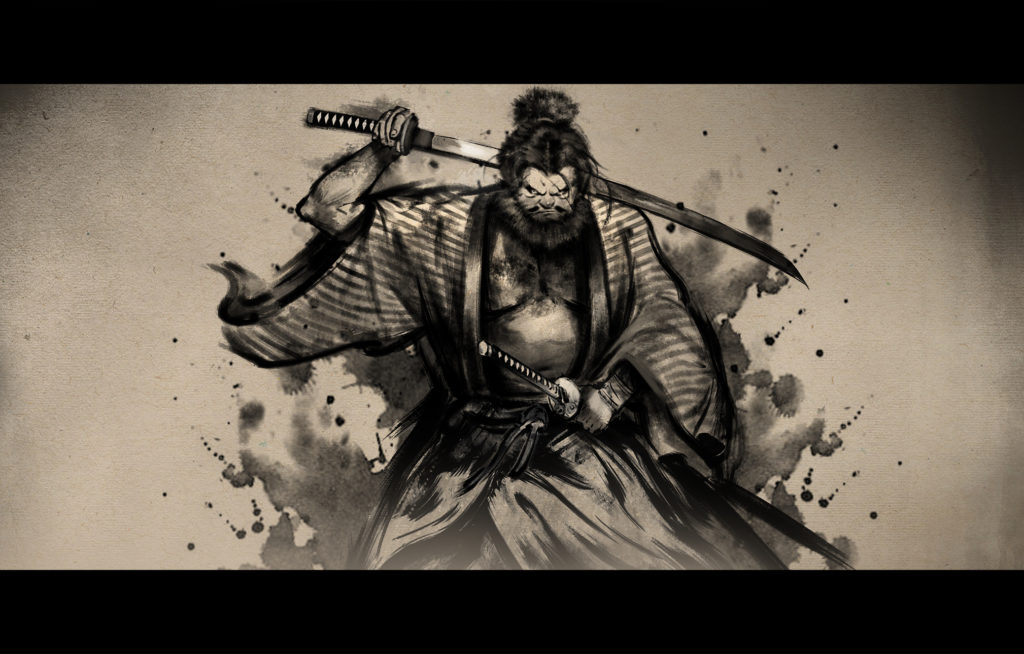The Tale of the Heike: A Legacy of Civil War
The Tale of the Heike, or Heike monogatari, is an epic poem recounting a power struggle that changed the course of Japanese history. In the late 12th century B.C.E., tensions between the powerful Minamoto clan—also known as the Genji clan—and the Taira clan—also known as the Heike clan—came to a head. The poem chronicles the …









